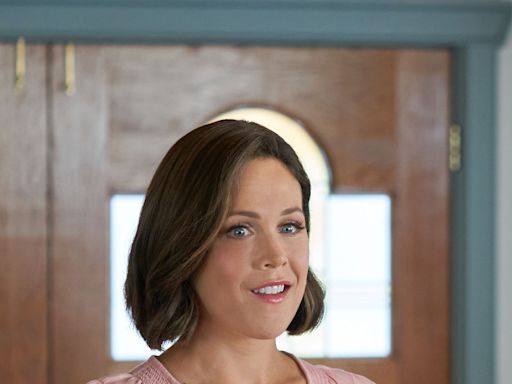Search results
Mar 24, 2022 · Your heart is in the center of your chest, near your lungs. It has four hollow chambers surrounded by muscle and other heart tissue. The chambers are separated by heart valves, which make sure that the blood keeps flowing in the right direction. Read more about heart valves and how they help blood flow through the heart.
Mar 24, 2022 · The heart is an organ about the size of your fist that pumps blood through your body. It is made up of multiple layers of tissue. Your heart is at the center of your circulatory system. This system is a network of blood vessels, such as arteries, veins, and capillaries, that carries blood to and from all areas of your body.
Nov 12, 2023 · The heart—the primary organ of the cardiovascular system—is a muscle that contracts regularly, via a natural pacemaker that produces electrical impulses. The heartbeat drives the transport of blood throughout the body, which provides oxygen and nutrients to all the body’s cells, tissues, and organs.
Anatomy of the human heart. The heart is a muscular organ situated in the mediastinum. It consists of four chambers, four valves, two main arteries (the coronary arteries), and the conduction system.
Jul 27, 2022 · Anatomy. Function. Heartworm. Additional resources. The human heart is an organ that pumps blood throughout the body via the vessels of the circulatory system, supplying oxygen and nutrients to...
The heart is the body's engine room, responsible for pumping life-sustaining blood via a 60,000-mile-long (97,000-kilometer-long) network of vessels. The organ works ceaselessly, beating 100,000...
Your heart is located between your lungs in the middle of your chest, behind and slightly to the left of your breastbone. A double-layered membrane called the pericardium surrounds your heart like a sac. The heart weighs between 7 and 15 ounces (200 to 425 grams) and is a little larger than the size of your fist.

